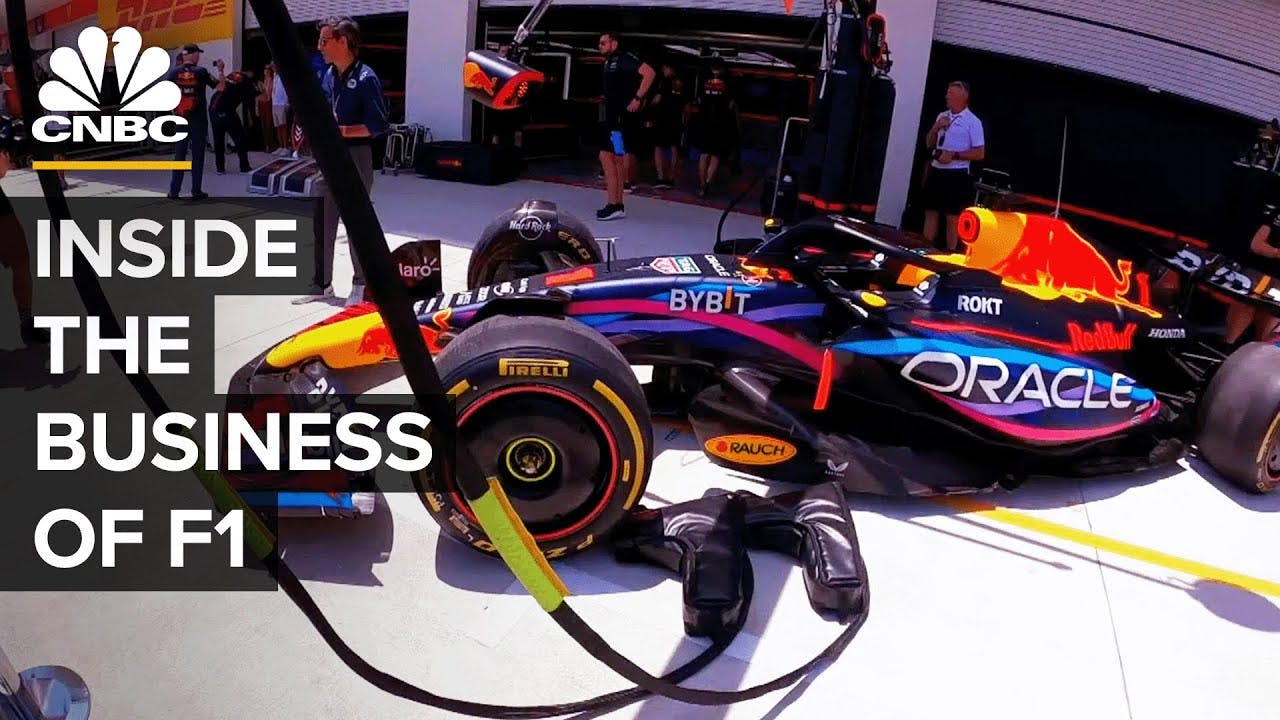How Formula 1 Teams Make Money
()

Chapter 1 - Leading an F1 team (00:01:29)
- Toto Wolff is a highly successful team principal, CEO, and part owner of the Mercedes F1 team.
- He balances technical understanding necessary for managing a design team and the business operations for monetary success.
- Wolff states it's crucial to create a framework for performance teams to thrive and manage the business aspect.
- The CEO of McLaren Racing similarly focuses on acquiring the best people, resources, and corporate partnerships.
Chapter 2 - At the starting line (00:03:39)
- CNBC is a sponsor of McLaren Racing; key individuals in F1 teams started in the sport at an early age.
- Team principals often have a long history in racing, sometimes starting as mechanics or drivers, which informs their leadership.
Chapter 3 - The cost of an F1 team (00:04:48)
- Running an F1 team is expensive, with costs over $400 million including marketing, mechanics, and driver salaries for Mercedes in 2022.
- A single F1 car costs around $2.5 million to make for one season, and continuous development is necessary to remain competitive.
Chapter 4 - Raising cash (00:06:09)
- F1 teams generate revenue through sponsorships and prize money from Formula 1, with additional historical payments for teams like Ferrari.
- Revenue streams are usually predictable with long-term sponsorship contracts.
- Teams tailor sponsorship placements and leverage F1's global presence for brand marketing, matching demographic profiles of their fanbase with corporate partners.
- Success in F1 can enhance a company's brand recognition and connect to product offerings; profitability can be measured through global brand promotion.
Chapter 5 - The cost cap comes in (00:10:37)
- The $135 million cost cap for 2023 was introduced by Liberty Media to control expenses and level the playing field among teams.
- The aim is to make F1 businesses sustainable, similar to the American sports leagues with salary caps.
- The cost cap has led to strategic development decisions and a push for profitability within teams, moving away from unlimited spending practices of the past.